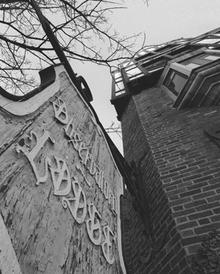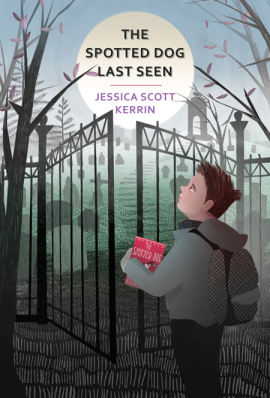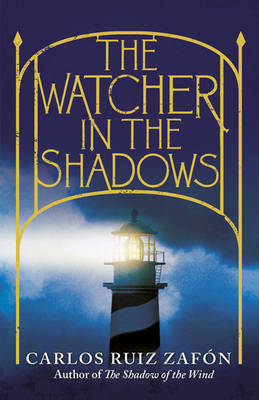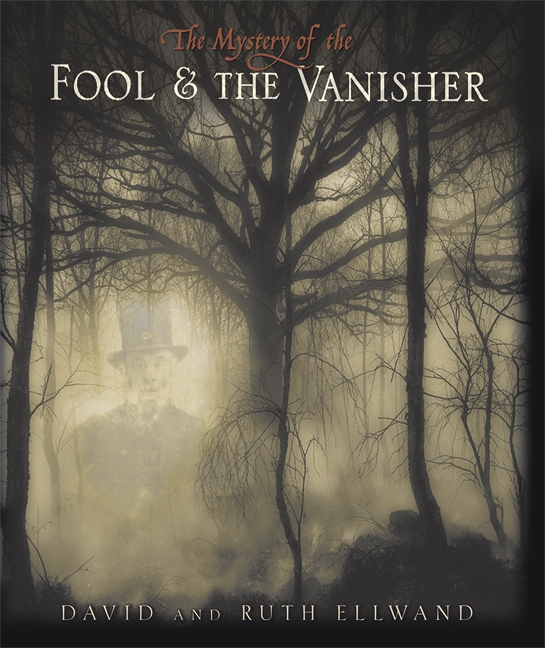 This will be a review (and giveaway!) of The Spotted Dog Last Seen by Jessica Scott Kerrin (Groundwood, 2013), but first, an anecdote: When we moved to Ann Arbor as newlywed graduate students, my husband and I lived in a tiny apartment at Observatory Lodge. The Lodge was a lovely old Tudor-style building, herringbone brick and half-timbered, with slate roofs and faulty wiring. It was also adjacent to the old Forest Hill Cemetery, and I sometimes walked through it on the way home. I never lingered long, though, and knowing more about cemeteries now I wish I could.
This will be a review (and giveaway!) of The Spotted Dog Last Seen by Jessica Scott Kerrin (Groundwood, 2013), but first, an anecdote: When we moved to Ann Arbor as newlywed graduate students, my husband and I lived in a tiny apartment at Observatory Lodge. The Lodge was a lovely old Tudor-style building, herringbone brick and half-timbered, with slate roofs and faulty wiring. It was also adjacent to the old Forest Hill Cemetery, and I sometimes walked through it on the way home. I never lingered long, though, and knowing more about cemeteries now I wish I could.
Derek is somewhat less excited about reporting for cemetery duty (his Grade 6 community service project) at Twillingate, or at the old stone library (a converted church) across the street where the cemetery brigade gives lessons in reading weathered marble, the meaning of gravestone carvings, how to take rubbings, etc. I find this sort of thing fascinating (eventually Derek and his friends Pascal and Merrilee do, too); and I wouldn't be surprised if young readers of The Spotted Dog Last Seen will want to explore the local cemetery themselves. If not, there is also a secret code, contained in mystery novels borrowed from the old library, and a time capsule in a school locker. This last holds clues that connect various people to the accidental death of Derek's friend seven years before--and may help Derek put his memories of that day to rest.
 Warning: sad things happen. Someone dies (in addition to Derek's friend). But there is a satisfying resolution, for Derek and for the reader, who can piece together the clues along with him. There is also a supporting (and supportive) cast of characters to lighten the mood a bit, although The Spotted Dog Last Seen is still a somewhat serious and thought-provoking book, perfect for fall reading.
Warning: sad things happen. Someone dies (in addition to Derek's friend). But there is a satisfying resolution, for Derek and for the reader, who can piece together the clues along with him. There is also a supporting (and supportive) cast of characters to lighten the mood a bit, although The Spotted Dog Last Seen is still a somewhat serious and thought-provoking book, perfect for fall reading.
And just in time, I have a copy of The Spotted Dog Last Seen to give away! Please leave a comment and let me know if you think you (or a young reader you know) might like it, and I'll be happy to send it to you--with my recommendation, and thanks to Groundwood Books!



